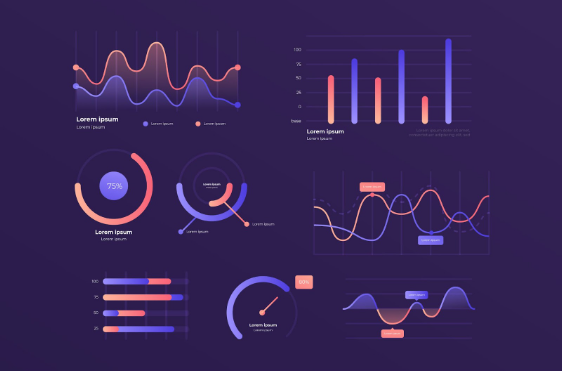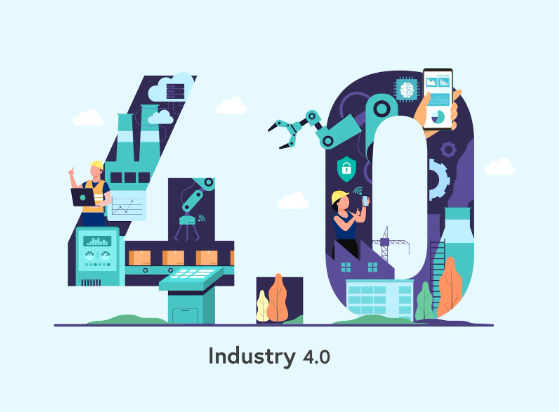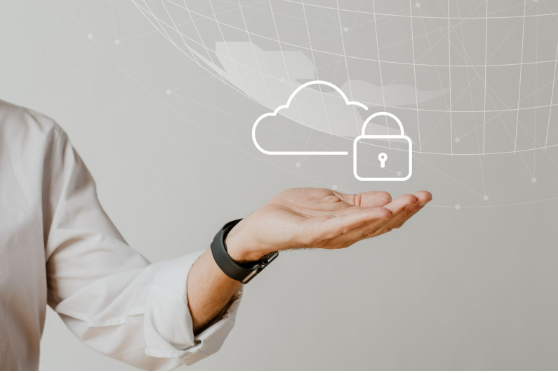When visualizing data, it is important to consider the objective and tailor the graph to the desired storytelling. The audience for whom the results will be shown also influences the choice of graph type. The size and type of data, as well as the relationship between variables, also determine which type of graph is most suitable. It is advisable to experiment with different graphs and use multiple graphs to maintain clarity and show comparisons, trends, and relationships between variables.
How to Choose the Most Suitable Type of Graph







